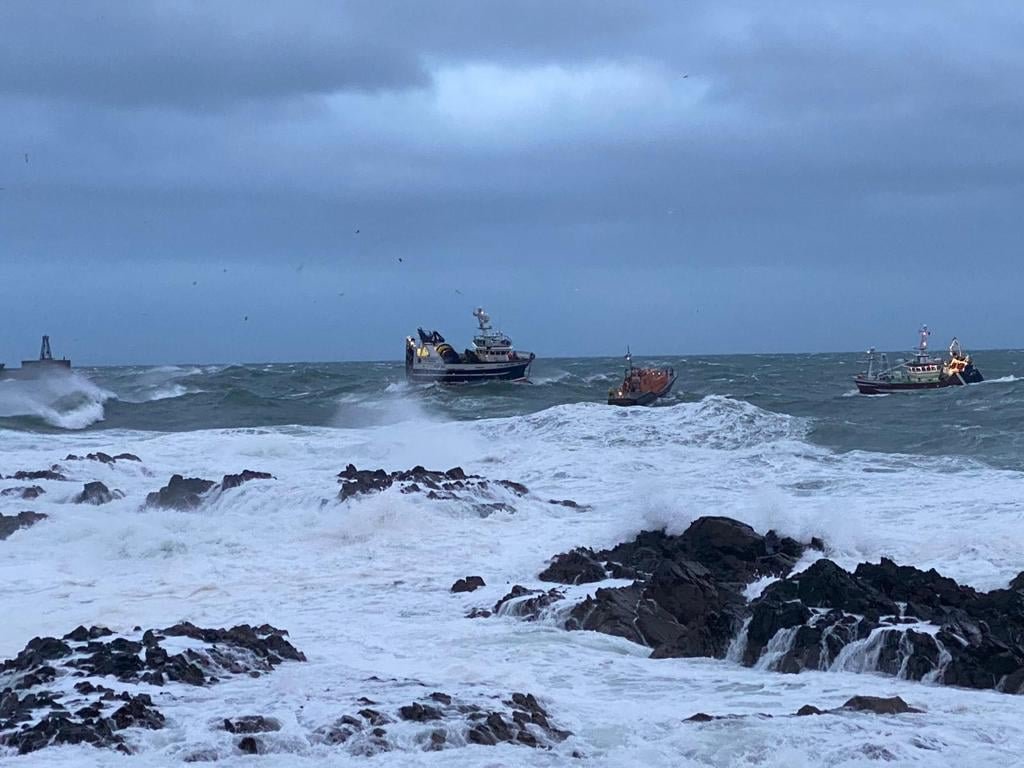Peterhead RNLI seeks new Volunteer Press Officer
Peterhead RNLI seeks new Volunteer Press Officer
Peterhead RNLI seeks new Volunteer Press Officer
RNLI Peterhead crews protect hundreds of communities around the Scotland, Aberdeenshire through our 24-hour search and rescue service.
Peterhead RNLI seeks new Volunteer Press Officer
Peterhead RNLI seeks new Volunteer Press Officer
Busy time in last 24 hours for Peterhead
Busy time in last 24 hours for Peterhead RNLI lifeboat crew
Peterhead Facebook

Prepare your house – Take any needed steps to properly flood-proof your home. Flood-proofing can range from expensive home renovations to free, basic maintenance. The steps you should take will depend on your home’s risk and how well the home was built to withstand flooding.
If you’re building in a flood-prone area, or if your home was not built to withstand rising water, some flood-proofing work may be required in order to minimize flood damage. Here are some methods of flood control to protect your home from rising water.
In addition to the renovations above, protect your home’s internal and external appliances by raising them above the flood level. Usually, you can do this inexpensively by placing them on concrete blocks. Here are some appliances that should be elevated above flood level:
If a storm is imminent, or flooding has already started, follow these steps to minimize flooding and water damage to your property:
Also please use FLOODING EMERGENCY NUMBER
The alarm was raised at 4.30pm when a fishing vessel was towing another fishing vessel into Peterhead Harbour and the tow broke numerous times due to the stormy weather conditions.

Tasked by HM Coastguard, the volunteer crew rushed to the Station, launched Peterhead’s Tamar-class lifeboat The Misses Robertson of Kintail and were on scene within minutes. The vessel was dangerously close to crashing into the rocks at Peterhead South Breakwater and due to an easterly gale and significant swell combined with a backwash the conditions were extremely challenging when the lifeboat arrived.
https://www.justgiving.com/crowdfunding/rnlipeterhead
However, the crew established a tow at the first attempt and brought the fishing vessel and its crew back to safety in tough and time critical conditions, saving the five lives onboard.

It was Patrick Davidson’s first shout as Coxswain.

He said:
“This was a really tremendous effort by the crew showing great teamwork and seamanship by all involved in really difficult conditions. If we had arrived seconds later the boat would have hit the rocks and it may have been a different outcome.
“As soon as I saw how close she was to the rocks I immediately requested the helicopter – due to the perilous situation I realised we only had one attempt to get this right.
“The crew and the skipper of the boat could not thank the lifeboat enough and said they’d be forever grateful which makes all the effort worthwhile.
“There has been weather and flood warnings in place across Aberdeenshire today – the conditions were very dangerous but everyone worked together to ensure the safest outcome.”
Jurgen Wahle, Lifeboat Operations Manager, commended the crew for their quick and crucial efforts to save lives at sea. He said: “This was really a phenomenal performance by all involved, showcasing great leadership from Pat on his first shout as Coxswain and excellent teamwork from the rest of the crew.
“This was a critical incident and the effort from everyone on shore and at sea has resulted in five lives being saved. It is a tremendous outcome, and I’d like to commend the bravery displayed by the crew.”